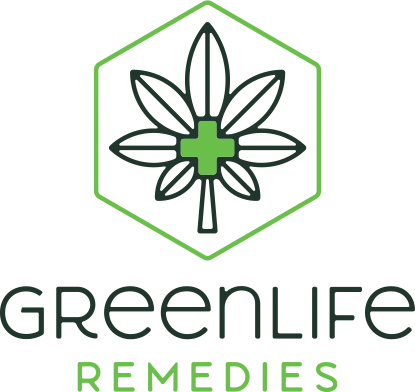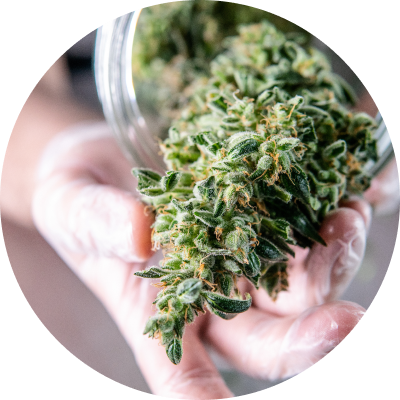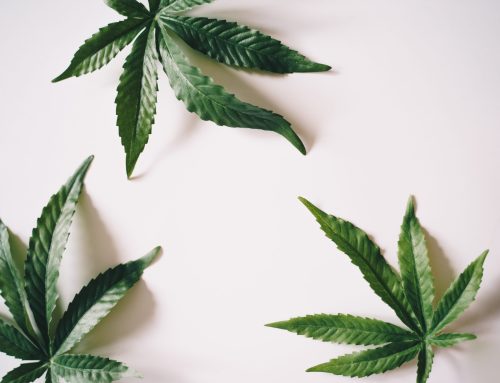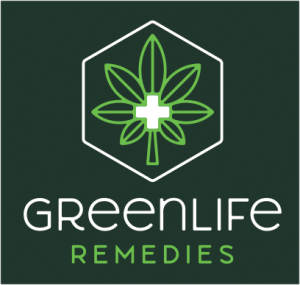With today’s ever-growing CBD market, it is harder to precisely choose the best hemp-based product for our needs. There are, simply put, a host of factors that we need to carefully consider before selecting the best formula such as:
- Delivery Method
- Milligram Strength
- Dosage
- Hemp Extract Type
- Ingredients
- Brand’s Reputation
- User Reviews
If there is one particular thing that you should always look for before anything else when shopping for cannabidiol formulas, it’s lab results. Yes, lab reports have a crucial role in keeping the hemp industry as safe as possible for consumers. Lab reports should be provided by every brand that makes a CBD product, and these reports should be easy to find as a shopper.
Providing you with this simple guide should help you better understand them so that you can know whether or not the product you’re eyeing is actually going to deliver a high-quality experience.
What are CBD Lab Reports?
CBD lab reports, also known as CoA’s (Certificate of Analysis) are reports that come from a third-party laboratory. By now, it’s become very standard for any hemp manufacturer to send a sample of each batch of hemp extract that they produce to a certified third-party laboratory to have the sample fully analyzed. This analysis process involves looking for various indicators that indicate purity, quality, and safety.
Once the hemp has been fully analyzed, the lab report is given to the company, and the company is supposed to make it available to customers, usually through their website. In short, lab reports are the only source for unbiased, totally objective information about the hemp that a company sells.
Why Do CBD Lab Results Matter?
CBD lab reports are a critical means for the hemp industry maintaining maximum safety and legitimacy, like we said earlier. These lab reports exist in order to assure customers that products being sold are genuine, free of harmful compounds, microbes, and impurities, and as potent as they claim to be. They also allow a customer to see the exact breakdown of chemical compounds so that they know which cannabinoids and terpenes they are consuming with each dose.
Therefore, a company that does not offer lab reports should be avoided. Because the hemp market has not yet been fully regulated by an external governing body, there is plenty of room for shady companies to slip in and sell fake or low-quality products, or worse, products that contain harmful impurities and microbes.
How to Read a CBD Lab Report: A Step-by-Step Guide
We are going to break it down into steps to make it as simple of a process for you as possible. Essentially, all CBD lab reports, regardless of the laboratory that performed the analysis, offer the same general key information points, so this information is universal no matter who you buy your hemp products from.
#1: Locate the Lab Reports Provided by the Manufacturer
First, you need to actually find the lab reports. Companies should try to make it as easy as possible to access this information. Usually, companies will display lab reports in one of two ways. The first is by putting a lab report on each product page, which corresponds to that specific product. The second way is by offering a separate page on their website that offers all of the lab reports that they have, that can be viewed all at once.
#2: Verify the Laboratory
Verifying the laboratory is a great way to prove that the lab reports are genuine. The top corner should have the name of the laboratory available. Laboratories that analyze hemp must be registered with the department of agriculture in order to have the authority required to test hemp properly. So, look up the lab, and there should be a website. Check for some sort of certification that shows that the laboratory is, in fact, registered, and therefore licensed to test samples of hemp extracts.
#3: Look at the Breakdown of Chemical Compounds
Usually, this is displayed in two separate rows: one that breaks down the cannabinoids, and one that breaks down the terpenes. Of course, the type of hemp product you’re using determines what this break down should be.
- Full spectrum hemp products should offer many cannabinoids and terpenes, and you should see the 0.3% delta 9 THC that is unique to full spectrum products.
- Broad spectrum products should contain all of the compounds in full spectrum hemp except for THC.
- CBD isolate products should contain only cannabidiol with no other cannabinoids or terpenes.
#4: Search for Impurities
You should find individual brackets for different kinds of impurities. The list will include things like solvents, heavy metals, and pesticides.
- Solvents usually indicate that aa hemp extract was made using a solvent-based method, which is considered inferior to the more standard CO2 method as solvents can destabilize the hemp compounds.
- Heavy metals and pesticides indicate soil quality and also show whether or not the hemp was grown organically.
- It should go without saying that the fewer impurities, the better.
#5: Look for Contaminants
There will be some indication that the sample was tested for microbes, as there are many harmful microbes that indicate that the hemp extract was somehow contaminated. Once again, it goes without saying that you do not want to come across any harmful microbes in a hemp product that you plan on buying. The lab will also test for toxins that come from various fungi, and this again should be completely clear.
Always Look for Lab Reports Before Buying CBD
Never consider buying a CBD product that does not have lab reports. And, even if it does have lab reports, you should carefully check to make sure that the product has been found to be pure, high in quality and free of harmful contaminants, using the information that we have provided above.
Easily, the worst thing that can happen to you when buying CBD is that you end up with a fake or unhealthy product, so make a point to take the time looking through reports as thoroughly as possible before finally making a purchase.





